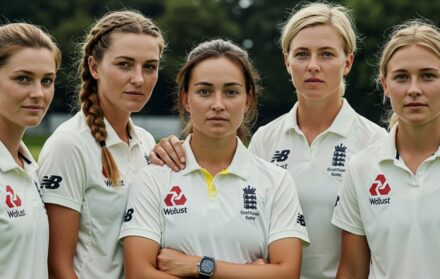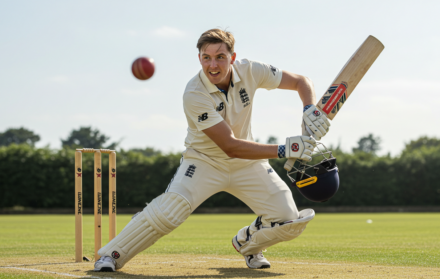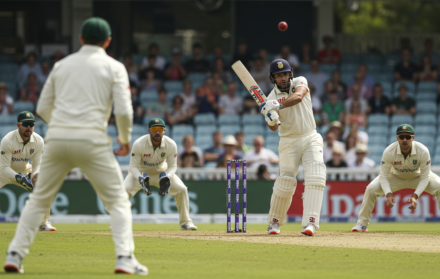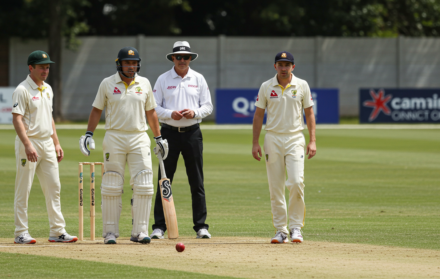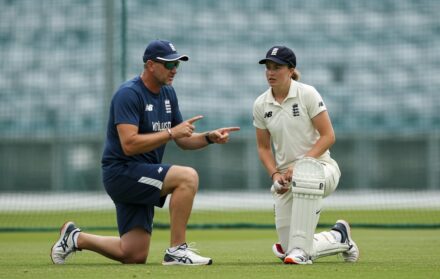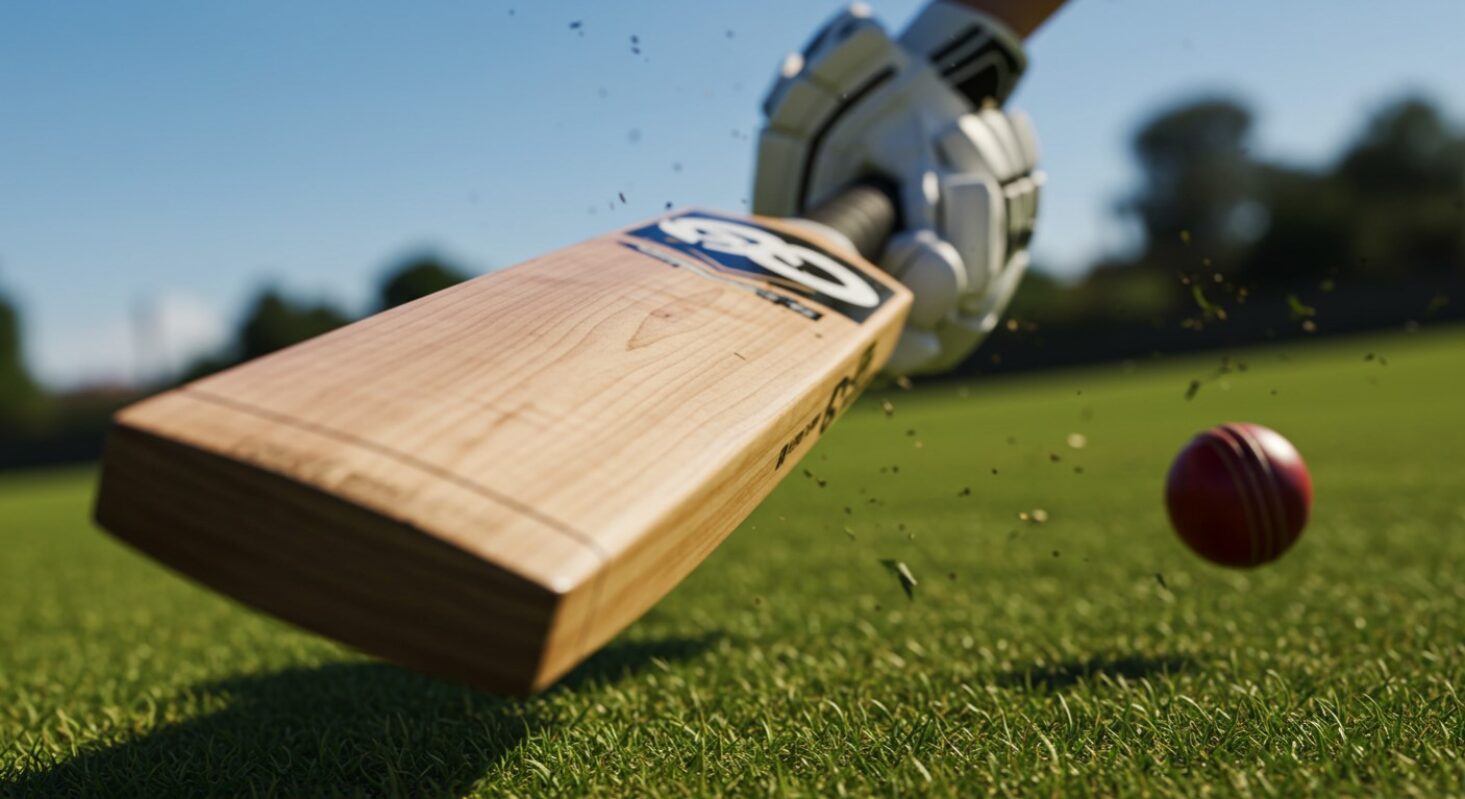
What Are the Best Cricket Bats for Different Playing Styles?
Choosing a cricket bat is one of the most personal decisions a player makes. It is tempting to pick the same bat your favourite professional uses, or to select one that simply “feels good” in the shop. But the truth is that not every bat suits every player. The best cricket bat for you depends heavily on your playing style, physical strength, and the type of cricket you play.
A power-hitter in T20 needs an entirely different profile from a patient Test-style batter. Juniors learning technique must avoid heavy bats that hinder their development, while all-rounders benefit from versatile profiles. Even the material, weight, and blade profile of a bat can make the difference between a boundary and a mistimed edge.
This article explores the best cricket bats for different playing styles. It looks at key bat features, explains what suits particular player types, and provides practical advice to help you match your equipment to your natural game.
Key Bat Features and What They Influence
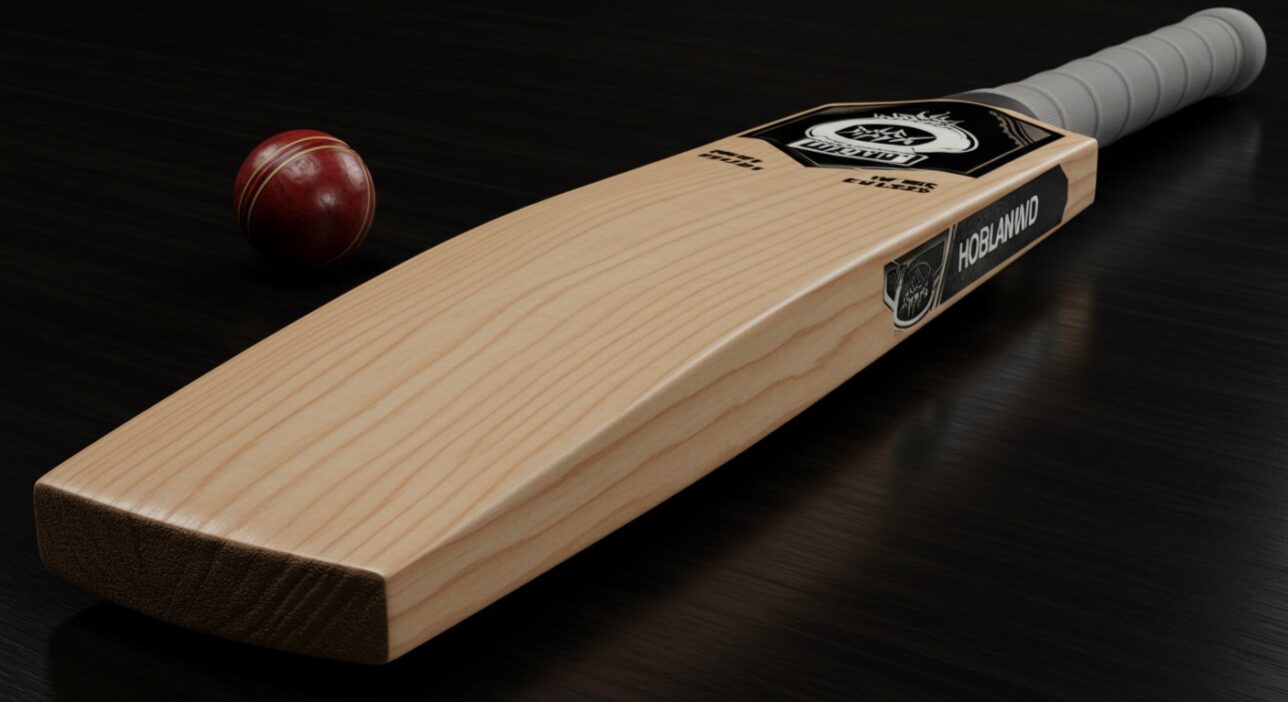
Before linking bats to playing styles, it is important to understand the main features that define performance.
Material: English Willow vs Kashmir Willow
-
English Willow is the premium choice, prized for its responsiveness, lightweight feel, and capacity to generate power. It is softer, which allows the ball to “ping” off the bat more easily, but requires greater care and regular knocking-in. It is also more expensive, and often favored at the professional level, including in women’s cricket.
-
Kashmir Willow is harder and denser, offering durability at a lower cost. While it lacks the same level of performance as English willow, it is excellent for beginners and casual players.
Weight Categories
-
Light bats (2lb 6oz – 2lb 8oz): suit juniors, players who rely on quick wristy strokes, or those focused on control.
-
Medium bats (2lb 9oz – 2lb 11oz): versatile, providing a balance between manoeuvrability and power.
-
Heavy bats (2lb 12oz – 3lb+): favoured by big hitters who rely on brute force. While powerful, they require strength and stamina to wield effectively.
Blade Profile & Sweet Spot
-
Low sweet spot: ideal for players on slower pitches where the ball stays low, often good for power hitting.
-
Mid sweet spot: a versatile option, providing both power and balance.
-
High sweet spot: better for players who favour back-foot strokes, cuts, and pulls. Excellent for those focusing on placement and technique.
Understanding these features helps match a bat to how you play, rather than forcing your style around the bat.
Best Cricket Bats for Different Playing Styles
| Playing Style | Ideal Bat Features | Example Branded Bats |
|---|---|---|
| Power Hitters / Big Hitters | Heavy weight (2lb 12oz+), thick edges, low/mid sweet spot, wide blade profile | SS TON Power Plus, Gray-Nicolls Powerbow Inferno, Kookaburra Beast |
| Technique / Classical Batsmen | Light to medium weight, balanced pick-up, mid/high sweet spot, even profile | Gray-Nicolls Classic Collection, Kookaburra Ghost, Gunn & Moore Original LE |
| All-rounders / Versatile Players | Medium weight, mid sweet spot, balanced profile, adaptable across conditions | GM Diamond (Ben Stokes), Adidas XT, New Balance DC |
| Limited Overs / T20 Specialists | Slightly heavier bats with good pick-up, thick edges, low sweet spot for lofted shots | New Balance DC 1280, Kookaburra Kahuna, SS TON Gladiator |
| Junior & Youth Players | Lightweight, smaller sizes (1–Harrow), forgiving mid sweet spot, durable willow | Gray-Nicolls Powerbow Junior, SG RSD Spark Junior, Kookaburra Kahuna Prodigy |
| Defensive / Test Match Players | Medium weight, mid/high sweet spot, larger blade surface, durability for long innings | Gray-Nicolls Prestige, Gunn & Moore Noir 606, Kookaburra Ghost Pro |
Style: Power Hitters / Big Hitters
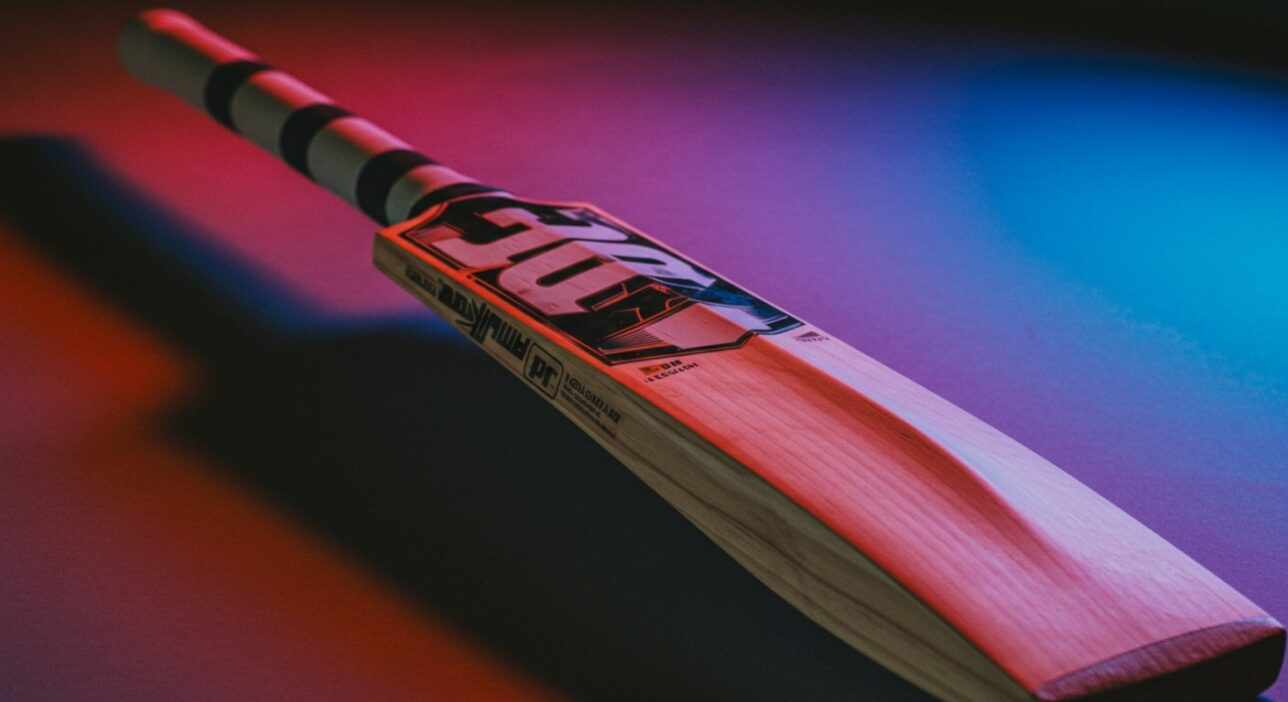
For players who love clearing the boundary, the bat must provide maximum hitting potential. Power hitters thrive with bats that add extra punch to each stroke.
-
Ideal Features:
-
Thick edges and a wide profile for maximum power on mishits.
-
Low or mid sweet spot, which allows clean contact when driving or slogging.
-
Heavier bats, giving more mass in the blade to generate six-hitting power.
-
Strong shoulders and toe for durability when hitting hard.
-
-
Why It Works: The weight and design ensure that even mistimed shots can travel further, which is essential in T20 or late-innings situations.
-
Examples: Professional players like Chris Gayle and Andre Russell have historically used heavy, thick-edged bats that epitomise the power-hitter’s weapon. Modern models built for power hitting include bats from Gray-Nicolls “Powerbow” ranges or SS “Ton” Power Hit series.
Style: Technique / Classical Batsmen
Not every player is a slogger. Technical batsmen who focus on timing, placement, and classical strokeplay need bats that complement precision rather than brute force.
-
Ideal Features:
-
Balanced pick-up and a slightly lighter bat for swift manoeuvrability.
-
Mid to high sweet spot, helping players who rely on back-foot play, cuts, and deflections.
-
A more even profile, which enhances control rather than exaggerated hitting power.
-
-
Why It Works: These bats allow batters to concentrate on shot selection and technique, playing long innings without being weighed down. The lighter weight reduces fatigue and improves control.
-
Examples: Bats from Kookaburra’s “Ghost” or Gray-Nicolls “Classic” series are often favoured by traditional stroke players. Professionals like Steve Smith or Cheteshwar Pujara exemplify how technique-focused batsmen excel with control-oriented blades.
Style: All-rounders & Versatile Players
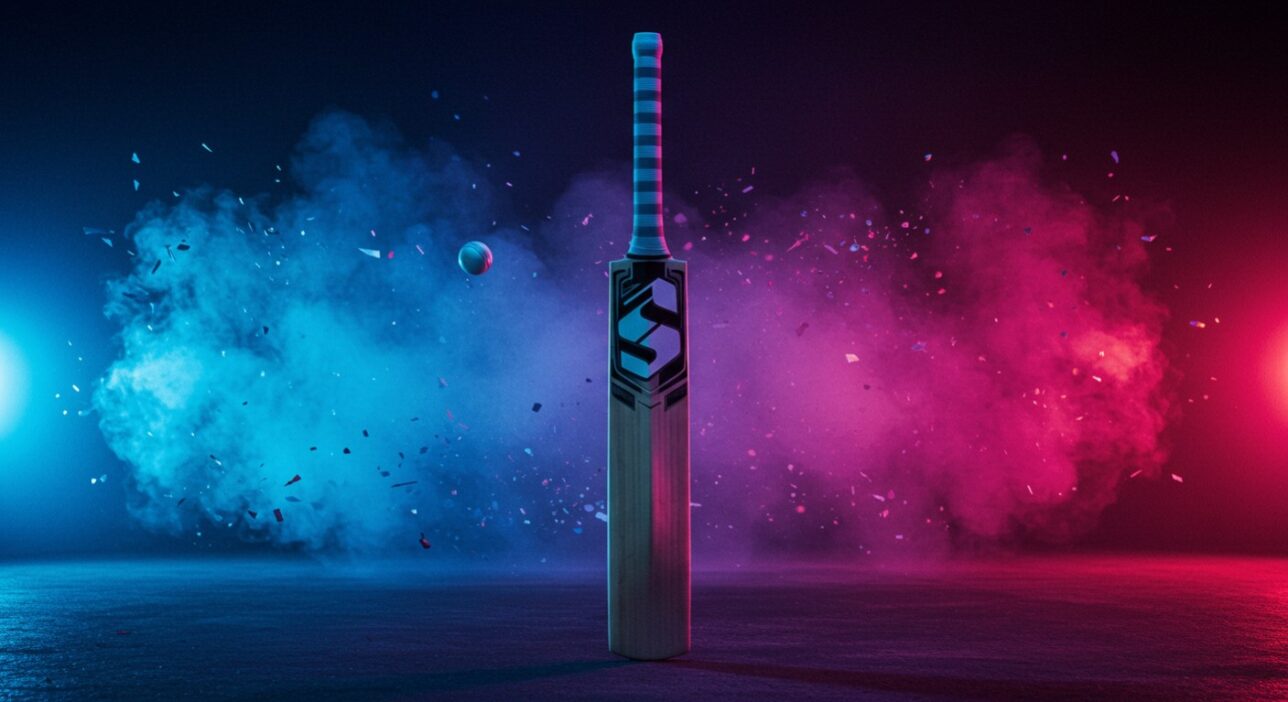
All-rounders need bats that do not pigeonhole them into one style. Their role often changes depending on the match situation: blocking to save a game one day, accelerating to chase down a target the next.
-
Ideal Features:
-
Medium weight bats for balance between strokeplay and power.
-
Mid sweet spot, ensuring adaptability across front-foot and back-foot shots.
-
Balanced blade profile to allow both defensive and attacking play.
-
-
Why It Works: A bat that is neither too heavy nor too light gives all-rounders the flexibility to switch gears.
-
Examples: Many all-rounders prefer Gunn & Moore “Diamond” bats or the Adidas “XT” range, designed to balance versatility. Ben Stokes is a classic example of an all-rounder whose bat must perform in both defensive and attacking scenarios.
Style: Limited Overs / T20 Specialists
Short-format cricket demands innovation and power. T20 specialists often prefer bats designed to generate instant impact rather than sustained control.
-
Ideal Features:
-
Lower sweet spot for lofted drives and big shots over infielders.
-
Thicker edges and an aggressive blade shape.
-
Slightly heavier bats, but with a good pick-up to enable quick wrist work.
-
-
Why It Works: In limited-overs cricket, boundaries are the currency. Bats designed for T20 ensure that improvised ramps, scoops, and slog sweeps can travel far enough.
-
Examples: Many T20 players use bats such as New Balance “DC” series or Kookaburra “Kahuna” models, offering explosive power without sacrificing too much speed.
Style: Junior & Youth Players
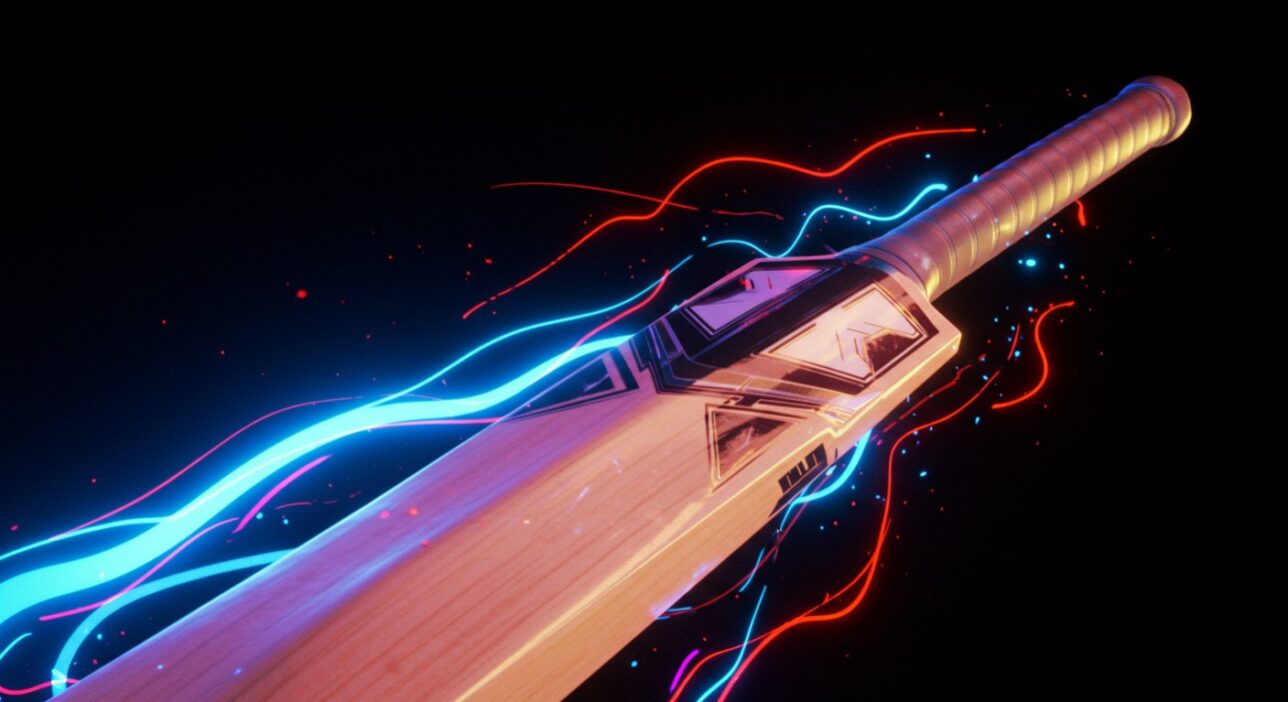
For young players, the main priority is developing correct technique rather than raw power. A bat that is too heavy or large can ruin footwork and stroke mechanics.
-
Ideal Features:
-
Lightweight bats appropriate to the child’s size (junior sizes range from 1 to 6, then Harrow before full-size).
-
Forgiving profiles with mid sweet spots for consistency.
-
Durable willow, often Kashmir willow, to withstand heavy use in training.
-
-
Why It Works: A lighter bat ensures juniors can focus on timing and form. They are less likely to develop bad habits like playing across the line or using only their arms.
-
Examples: Junior versions of mainstream bats, such as Gray-Nicolls “Powerbow Junior” or SG “RSD Spark” youth bats, are designed for comfort and learning.
Style: Defensive / Test Match Players
Those who model their game on long Test innings need bats that will not tire them out, while still giving them the durability to face fast bowlers and spinners for hours.
-
Ideal Features:
-
Mid to high sweet spot, suiting players who rely on back-foot play against pace.
-
Medium weight, allowing control and stamina during long stints at the crease.
-
Slightly larger blade profiles for a bigger hitting surface.
-
-
Why It Works: A bat that balances weight and sweet spot placement ensures batters can withstand relentless bowling while scoring off bad deliveries.
-
Examples: Defensive-minded bats are often from ranges like the Gray-Nicolls “Classic Collection” or Gunn & Moore “Original LE” series. Think of players like Alastair Cook or Justin Langer, who built reputations on patience and reliability.
How to Pick Your Bat Based on Style: Checklist & Trade-Offs
When choosing your bat, consider:
-
Size and Weight: Must match your body type and strength.
-
Blade Profile: Low sweet spot for power, higher sweet spot for control.
-
Material: English willow for elite play, Kashmir willow for beginners or budget-conscious.
-
Budget vs Performance: Higher grades of willow cost more but provide better “ping” and lighter pick-up.
-
Feel in the Hands: Always test the pick-up and balance in the nets before committing.
Remember: the “best” bat is not the most expensive one, but the one that matches your natural game.
Conclusion: Matching Bat to Style & Grow with Your Game
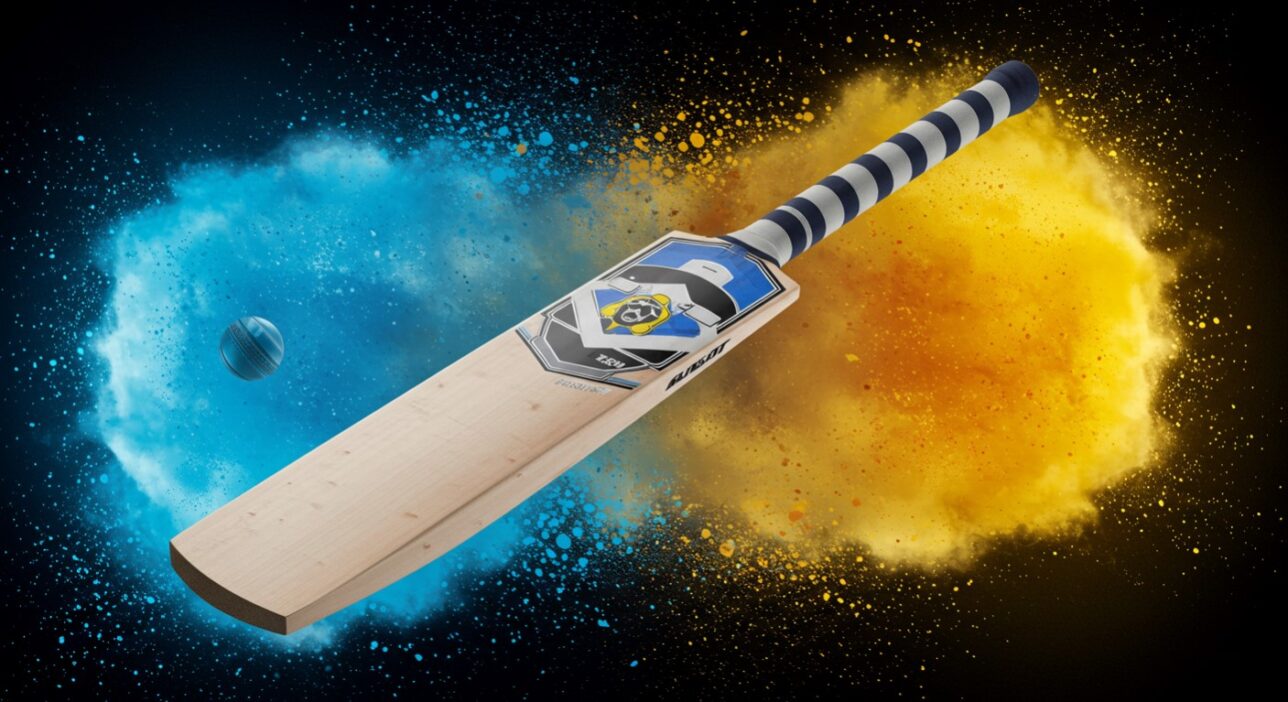
The best cricket bats for playing styles are the ones that amplify your strengths and reduce your weaknesses. Power hitters thrive with heavy, low-sweet-spot bats. Classical stroke players prefer lighter, balanced profiles. All-rounders need versatile bats, while juniors must start light and manageable.
Investing in the right bat is not just about today’s performance. It is also about building confidence and allowing room for your style to evolve. The key is to find a bat that feels like an extension of yourself, so that when you step out to the crease, you are ready to play your natural game.

